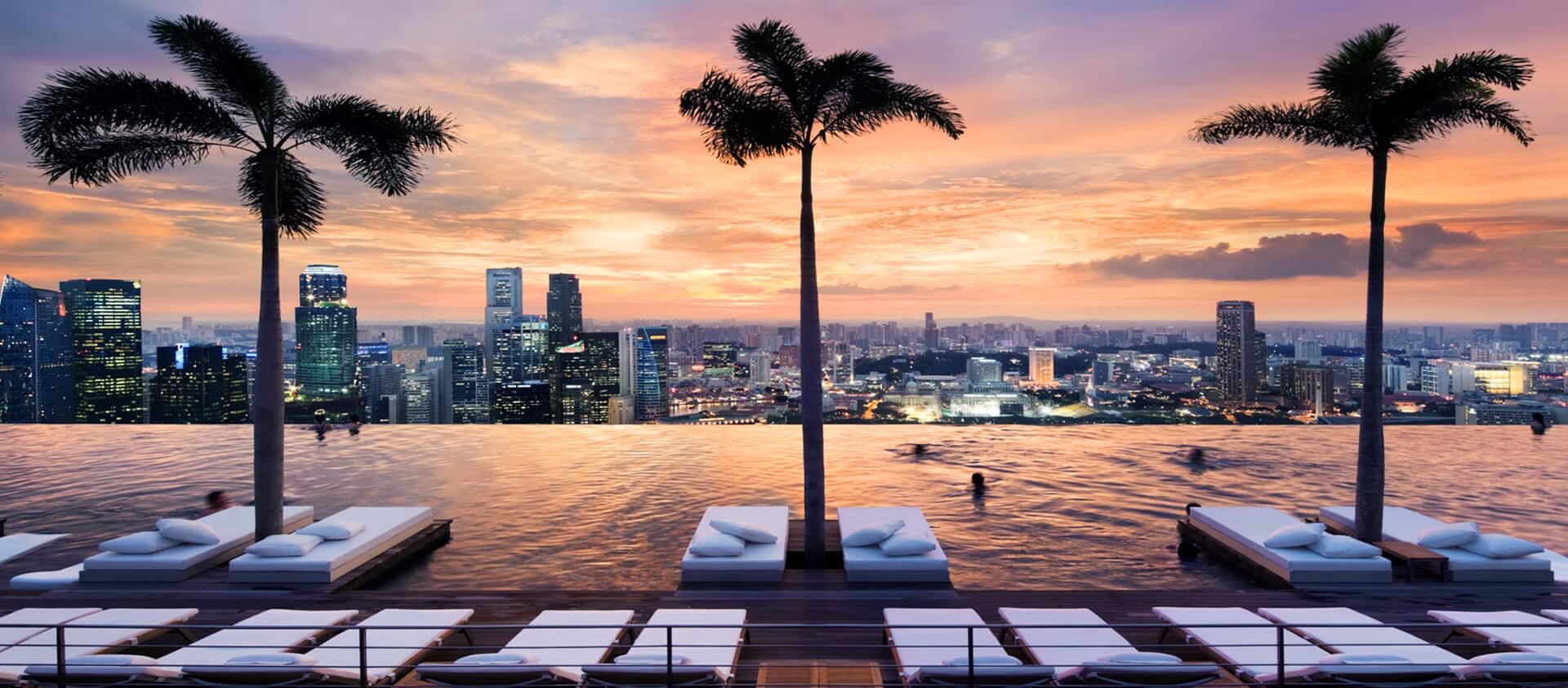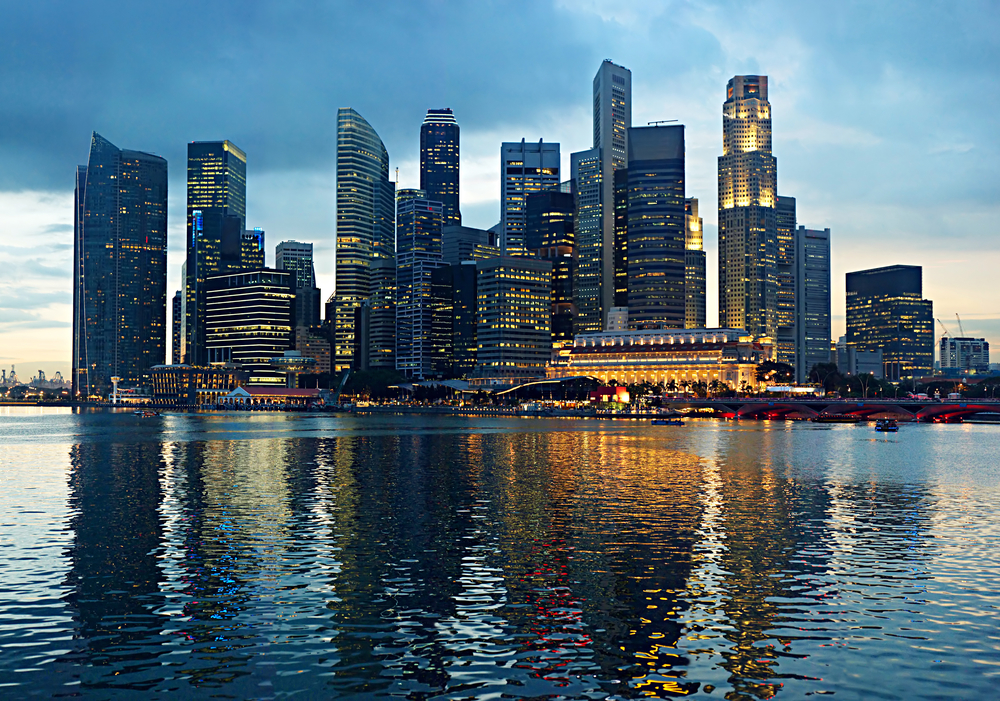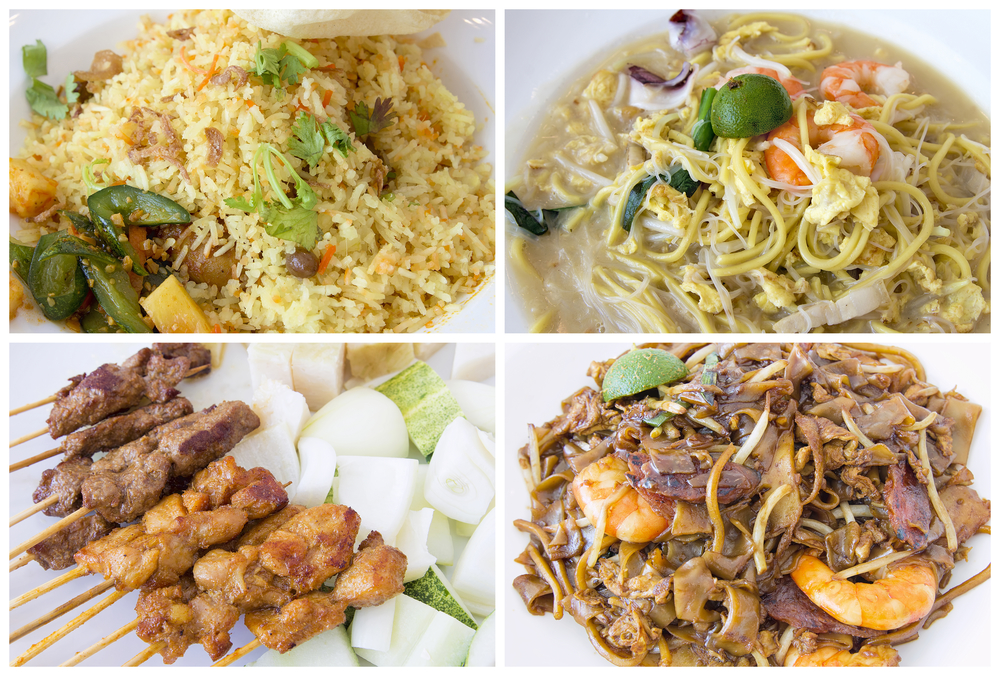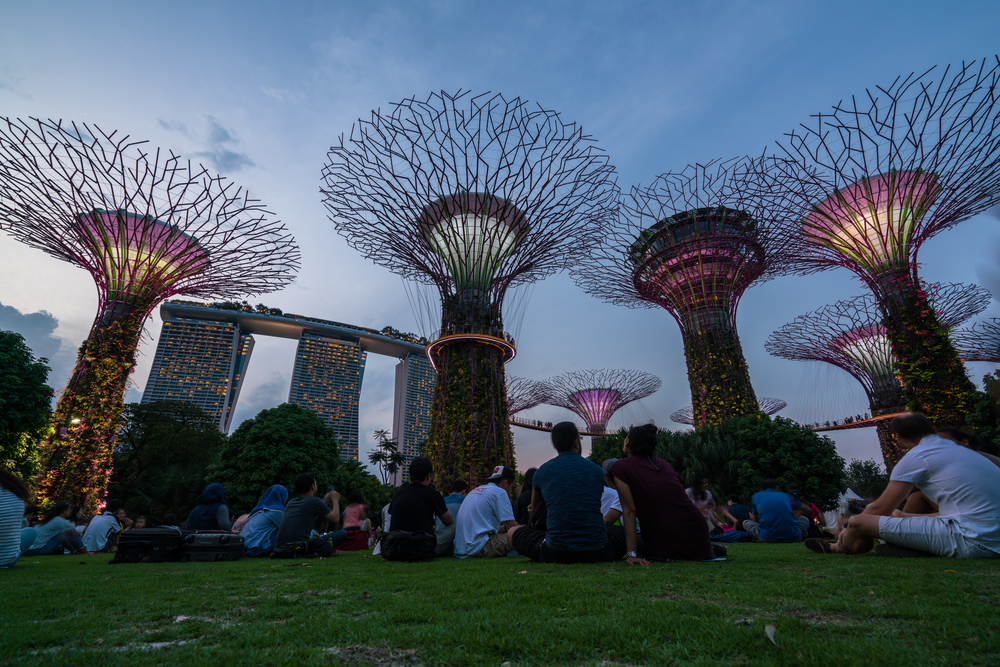
Singapore and Everything You Need To Know
Singapore is an island city-state located in Southeast Asia. It covers an area of approximately 660 square kilometres (255 square miles) and has a population of around 5.6 million. The island nation is made up of one main island and 62 smaller ones. Although small in size, it is highly developed and is one of the top tourist destinations in the world.
History of Singapore
Singapore is the English version of the country’s Malay name Singapura. Sir Stamford Raffles established Singapore as a trading post for the British East India Company in 1819. During World War II (1942-45), Singapore was occupied by Japan, and its name was changed to Syonan-to, meaning Light of the South Island in Japanese.
The country held its first general elections in May 1959 and consequently attained a self-governing status with Lee Kuan Yew as its first Prime Minister.
In 1963, Singapore merged with the Federation of Malaya and Crown Colonies of Sarawak and North Borneo to form the federation of Malaysia. Two years later, in 1965, Singapore left the federation due to ideological differences and became an independent state.

Culture
Singapore is one of the most culturally diverse nations in the world. The residents are mainly of Chinese, Malay and Indian descent. Census reports show that citizens account for 61.6% of the population while foreign students/workers make up the remaining 38.4%. Over the past few decades, the government has been encouraging foreigners to immigrate and this has enabled the state to maintain its population.
Religion
The majority of Singaporeans (33%) practice Buddhism. Other religions include Taoism, Hinduism, Christianity and Islam. 17% of Singaporeans do not subscribe to any religion.
Language
The country has four official languages, namely Malay, Mandarin, English and Tamil. English is the lingua franca and is used as the language of instruction in schools and for official purposes.
Most Singaporeans are bilingual, meaning they can speak English and their native language. “Singlish” is the term used to describe English spoken by some Singaporeans (with some elements of Mandarin and Malay). Note that English is the first language for a third of the Singaporean population.
Cuisine
The convergence of so many cultures in the island nation means one can sample local and international cuisine. Visitors will enjoy the local food, especially in the hawker streets where a majority of Singaporeans have their meals. Some of the local delicacies include carrot cake, chicken rice and Hokkien Mee (fried noodles).

Tourism in Singapore
Singapore is undoubtedly one of the leading tourist attractions in the world. Millions of tourists flock in every year to experience the goodies that the country offers. The country is also known for it’s medical tourism niche, servicing neighbouring countries by clinics around Singapore like Sozo Aesthetics.
Attractions
One striking feature of Singapore is the breathtaking skyline – skyscrapers and other architectural marvels that dot the city. Some architectural masterpieces include the Esplanade, Marina Bay Sands, the Fullerton Hotel and ArtScience Museum. National monuments that have a historical and cultural significance to the state include the Singapore Conference Hall and Raffles College.
The structures mentioned above may make Singapore look like a dull concrete jungle but nothing could be further from the truth. The nation’s efforts to go green are unrivalled. Visitors are usually amazed by the greenery in the city. For this reason, Singapore earned the name ‘Garden City’.
Locals and tourists can engage in fun activities such as bird watching, fishing and jogging in the country’s various spectacular gardens and parks. They include Bukit Timah Nature Reserve, Fort Canning Park, Gardens by the Bay, and Singapore Botanic Gardens (a UNESCO World Heritage Site).
Other than sight-seeing, other activities that that visitors can engage in are: riding in cable cars, joining the locals in the various festivals throughout the year, attending events in popular theatres and swimming in the sandy beaches of Sentosa Island.

Weather
Singapore experiences a tropical rainforest climate. It’s hot and rains often, especially in the afternoons. The frequent rains cause high humidity. People who are from cold regions of the world may take some time to adjust. The months of November, December and January experience the most rains.
Transport System in Singapore
The Subway system in Singapore is one of the most efficient in the world. Popularly known as the MRT, it is without doubt the ideal mode of transport for Singaporeans. MRT stations can be found in almost all parts of the country. For anyone travelling on a budget, MRT would be the perfect choice.
There are other transport modes such as buses and taxis. Getting around using a taxi may be convenient but one will have to do with high prices, especially during peak hours.
Singapore has made tremendous advancements in sectors such as infrastructure, education, innovation, tourism, technology and entertainment since it became independent in 1965. It is part of the four Asian Tigers along with South Korea, Taiwan, and Hong Kong.
In terms of GDP per capita, it’s one of the best performing not only in Asia but globally. The island state also has incredibly low crime and unemployment rates. Singapore’s development over the past six decades has been impressive, to say the least.



